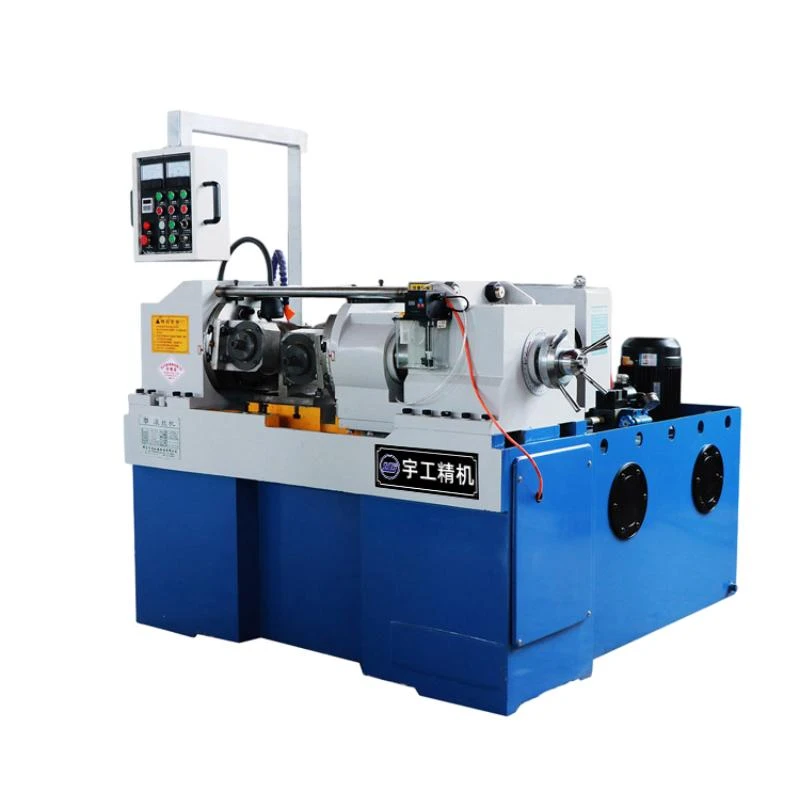
-
 Afrikaans
Afrikaans -
 Albanian
Albanian -
 Amharic
Amharic -
 Arabic
Arabic -
 Armenian
Armenian -
 Azerbaijani
Azerbaijani -
 Basque
Basque -
 Belarusian
Belarusian -
 Bengali
Bengali -
 Bosnian
Bosnian -
 Bulgarian
Bulgarian -
 Catalan
Catalan -
 Cebuano
Cebuano -
 Corsican
Corsican -
 Croatian
Croatian -
 Czech
Czech -
 Danish
Danish -
 Dutch
Dutch -
 English
English -
 Esperanto
Esperanto -
 Estonian
Estonian -
 Finnish
Finnish -
 French
French -
 Frisian
Frisian -
 Galician
Galician -
 Georgian
Georgian -
 German
German -
 Greek
Greek -
 Gujarati
Gujarati -
 Haitian Creole
Haitian Creole -
 hausa
hausa -
 hawaiian
hawaiian -
 Hebrew
Hebrew -
 Hindi
Hindi -
 Miao
Miao -
 Hungarian
Hungarian -
 Icelandic
Icelandic -
 igbo
igbo -
 Indonesian
Indonesian -
 irish
irish -
 Italian
Italian -
 Japanese
Japanese -
 Javanese
Javanese -
 Kannada
Kannada -
 kazakh
kazakh -
 Khmer
Khmer -
 Rwandese
Rwandese -
 Korean
Korean -
 Kurdish
Kurdish -
 Kyrgyz
Kyrgyz -
 Lao
Lao -
 Latin
Latin -
 Latvian
Latvian -
 Lithuanian
Lithuanian -
 Luxembourgish
Luxembourgish -
 Macedonian
Macedonian -
 Malgashi
Malgashi -
 Malay
Malay -
 Malayalam
Malayalam -
 Maltese
Maltese -
 Maori
Maori -
 Marathi
Marathi -
 Mongolian
Mongolian -
 Myanmar
Myanmar -
 Nepali
Nepali -
 Norwegian
Norwegian -
 Norwegian
Norwegian -
 Occitan
Occitan -
 Pashto
Pashto -
 Persian
Persian -
 Polish
Polish -
 Portuguese
Portuguese -
 Punjabi
Punjabi -
 Romanian
Romanian -
 Russian
Russian -
 Samoan
Samoan -
 Scottish Gaelic
Scottish Gaelic -
 Serbian
Serbian -
 Sesotho
Sesotho -
 Shona
Shona -
 Sindhi
Sindhi -
 Sinhala
Sinhala -
 Slovak
Slovak -
 Slovenian
Slovenian -
 Somali
Somali -
 Spanish
Spanish -
 Sundanese
Sundanese -
 Swahili
Swahili -
 Swedish
Swedish -
 Tagalog
Tagalog -
 Tajik
Tajik -
 Tamil
Tamil -
 Tatar
Tatar -
 Telugu
Telugu -
 Thai
Thai -
 Turkish
Turkish -
 Turkmen
Turkmen -
 Ukrainian
Ukrainian -
 Urdu
Urdu -
 Uighur
Uighur -
 Uzbek
Uzbek -
 Vietnamese
Vietnamese -
 Welsh
Welsh -
 Bantu
Bantu -
 Yiddish
Yiddish -
 Yoruba
Yoruba -
 Zulu
Zulu
Top Exporters of Thread Rolling Machines Worldwide
The Global Landscape of Thread Rolling Machine Exporters
Thread rolling machines play a crucial role in the manufacturing industry. These machines are used to create threads on various materials, notably metals, enhancing the durability and precision of threaded components. As industries grow and evolve, the demand for efficient and high-quality thread rolling machines has surged, leading to a burgeoning market for exporters in this niche field.
Understanding Thread Rolling Machines
Thread rolling is a cold-forming process that produces threads of varying configurations and sizes. This process has significant benefits over traditional machining techniques, including improved strength, reduced waste, and enhanced surface finish. Thread rolling machines offer high-speed production capabilities, making them essential for industries such as automotive, aerospace, and machinery manufacturing. As the global market becomes increasingly competitive, manufacturers are seeking these machines to streamline production processes and enhance product quality.
The Role of Exporters
Exporters of thread rolling machines are pivotal in making these advanced technologies accessible worldwide. They function as the bridge between machine manufacturers and international buyers, facilitating the supply of advanced equipment across borders. The exporters ensure that manufacturers in different countries have access to the latest technologies, which enable them to maintain efficiency and competitiveness in production.
Leading Export Markets
Countries such as Germany, Japan, and the United States are home to some of the most renowned manufacturers of thread rolling machines. These nations not only possess advanced technology but also a strong engineering background in manufacturing. German companies, for instance, are celebrated for their precision engineering and technological innovation. Japanese manufacturers often stand out for their automation features and energy efficiency. The United States, with its diverse industrial base, also plays a vital role in exporting these machines to various global markets.
Beyond these traditional powerhouses, emerging markets, especially in Asia, are becoming increasingly significant exporters. Countries like China and India are expanding their manufacturing capabilities and exporting thread rolling machines to meet growing global demand. They offer competitive pricing and a range of products tailored to different industrial needs, making them attractive to cost-conscious buyers.
thread rolling machine exporters

Challenges Faced by Exporters
Despite the growth opportunities in the thread rolling machine market, exporters face numerous challenges. Regulatory hurdles vary significantly from country to country, impacting how exporters operate. Complying with different certification standards can be both time-consuming and costly. Additionally, fluctuations in global supply chains, exacerbated by events such as the COVID-19 pandemic, have introduced uncertainties that can affect production timelines and costs.
Environmental regulations are also increasingly influencing international trade. As countries implement stricter environmental protection laws, exporters must adapt their products to ensure compliance. This might involve integrating eco-friendly technologies into their machines or adopting cleaner production processes.
The Future of Thread Rolling Machine Exporting
Looking ahead, the future seems promising for thread rolling machine exporters. The push for automation and Industry 4.0 technologies are leading manufacturers to seek more advanced solutions. This demand provides an opportunity for exporters to focus on innovation, offering smart machines that integrate IoT (Internet of Things) capabilities, allowing for enhanced monitoring and optimization of production processes.
Moreover, as global supply chains recover and stabilize, exporters can better navigate the complexities of international trade. There is a pressing need for collaboration among manufacturers, exporters, and end-users to foster innovation and respond to evolving market demands. Networking through international trade shows and exhibitions can prove beneficial, allowing exporters to showcase their latest advancements and foster relationships with potential customers.
Conclusion
In summary, the landscape of thread rolling machine exporters is rapidly evolving. As the global demand for high-quality, efficient manufacturing solutions grows, so too does the role of exporters in facilitating access to these advanced machines. Although challenges abound, the combination of technological innovation and strategic international collaborations presents an exciting path forward for thread rolling machine exporters. By embracing these trends, they can ensure their place in the market while contributing significantly to the efficiency and capabilities of manufacturers worldwide.
